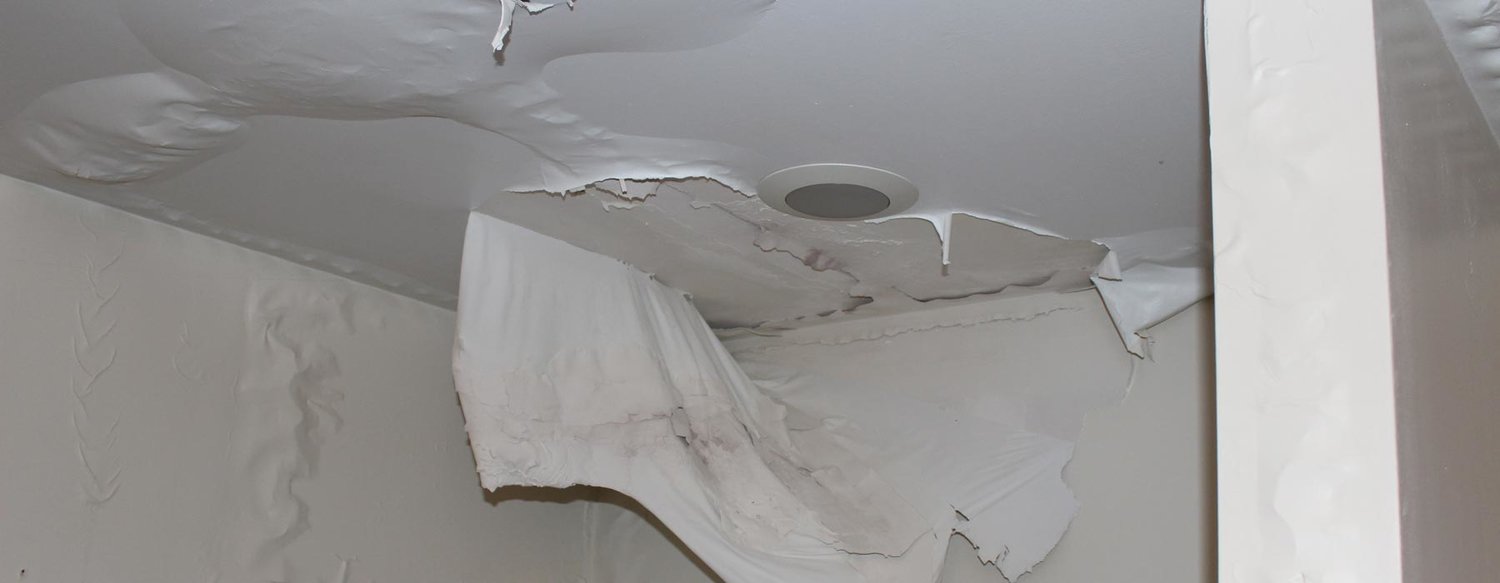Do's & Don'ts of Water Restoration.
Do's & Don'ts of Water Restoration.
Blog Article
The writer is making a number of good points about What You Can Do At Home To Prevent Fire And Water Damage in general in the article followed below.

Water gives life, water invasion on parts where it's not meant to be can result in damages. It can peel off away surface areas and also deteriorate the structure if the water soaks into your framework. Mold and mildew also prosper in a damp environment, which can be unsafe for your health and wellness. Homes with water damages smell moldy and also old.
Water can come from many resources such as hurricanes, floodings, ruptured pipelines, leakages, and sewage system issues. In case you experience water damages, it would certainly be good to know some safety preventative measures. Below are a couple of guidelines on just how to handle water damages.
Do Prioritize House Insurance Coverage Protection
Water damage from flood because of heavy winds is seasonal. You can likewise experience a sudden flood when a damaged pipe all of a sudden bursts into your house. It would certainly be best to have residence insurance coverage that covers both acts of God such as all-natural disasters, as well as emergency situations like busted plumbing.
Do Not Fail To Remember to Shut Off Energies
In the event of a calamity, especially if you reside in a flood-prone area, it would certainly be suggested to turn off the primary electrical circuit. This removes power to your whole home, protecting against electric shocks when water is available in as it is a conductor. Additionally, do not neglect to switch off the major water line valve. When floodwaters are high, furnishings will certainly walk around and also create damages. Having the primary shutoff turned off prevents additional damage.
Do Keep Proactive and Heed Climate Informs
Pay attention to evacuation warnings if you live near a lake, creek, or river . Doing so decreases possible property damages.
Do Not Neglect the Roofing System
Prior to the weather turns shocking, see to it you have a roofing examination. It would certainly be sensible to receive this service annually as it can reduce complex problems. If there are no openings and also leakages in your roofing, you can stay clear of rainfall damage. Your roofing contractor will certainly likewise deal with faulty gutters or any other signs of weakening. This will certainly avoid water from flowing down your wall surfaces and soaking your ceiling.
Do Take Note Of Small Leakages
A ruptured pipeline does not occur overnight. You may see bubbling paint, peeling off wallpaper, water touches, water spots, or trickling audios behind the wall surfaces. Have your plumbing repaired prior to it results in substantial damage.
Don't Panic in Case of a Ruptured Pipeline
Keeping your presence of mind is essential in a time of crisis. Panicking will only intensify the problem because it will certainly stifle you from acting quick. When it pertains to water damages, timing is essential. The longer you wait, the more damage you can anticipate. Therefore, if a pipe bursts in your house, quickly turned off your major water shutoff to cut off the source. After that unplug all electrical outlets in the location or switch off the breaker for that part of your house. Ultimately, call a reputable water damage repair professional for assistance.
Water gives life, water breach on parts where it's not meant to be can result in damage. Homes with water damage smell moldy as well as old.
Water damage from flooding charges to heavy winds is seasonal. You may observe bubbling paint, peeling off wallpaper, water touches, water discolorations, or leaking noises behind the wall surfaces. When it comes to water damage, timing is key.
Some Do's & Don't When Dealing with a Water Damage
DO:
Make sure the water source has been eliminated. Contact a plumber if needed. Turn off circuit breakers supplying electricity to wet areas and unplug any electronics that are on wet carpet or surfaces Remove small furniture items Remove as much excess water as possible by mopping or blotting; Use WHITE towels to blot wet carpeting Wipe water from wooden furniture after removing anything on it Remove and prop up wet upholstery cushions for even drying (check for any bleeding) Pin up curtains or furniture skirts if needed Place aluminum foil, saucers or wood blocks between furniture legs and wet carpet Turn on air conditioning for maximum drying in winter and open windows in the summer Open any drawers and cabinets affected for complete drying but do not force them open Remove any valuable art objects or paintings to a safe, dry place Open any suitcases or luggage that may have been affected to dry, preferably in sunlight Hang any fur or leather goods to dry at room temperature Punch small holes in sagging ceilings to relieve trapped water (don't forget to place pans beneath!); however, if the ceiling is sagging extremely low, stay out of the room and we'll take care of it DO NOT:
Leave wet fabrics in place; dry them as soon as possible Leave books, magazines or any other colored items on wet carpets or floor Use your household vacuum to remove water Use TV's or other electronics/appliances while standing on wet carpets or floors; especially not on wet concrete floors Turn on ceiling fixtures if the ceiling is wet Turn your heat up, unless instructed otherwise

I found that entry on Reducing Your Risk Of Water And Fire Damage At Home while looking around the search engines. Loved our write-up? Please share it. Help other people discover it. I am grateful for your time. Kindly check our site back soon.
Report this page